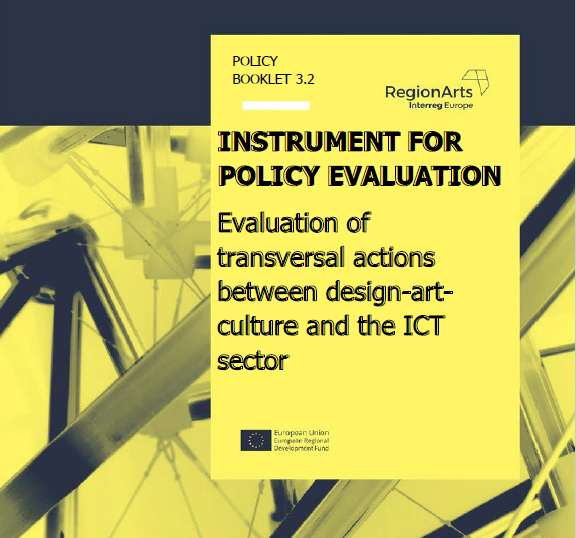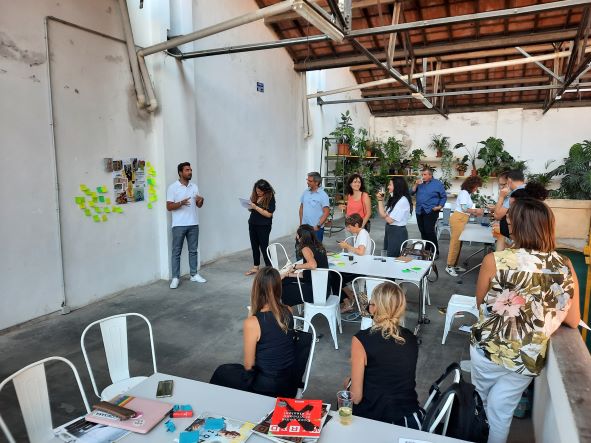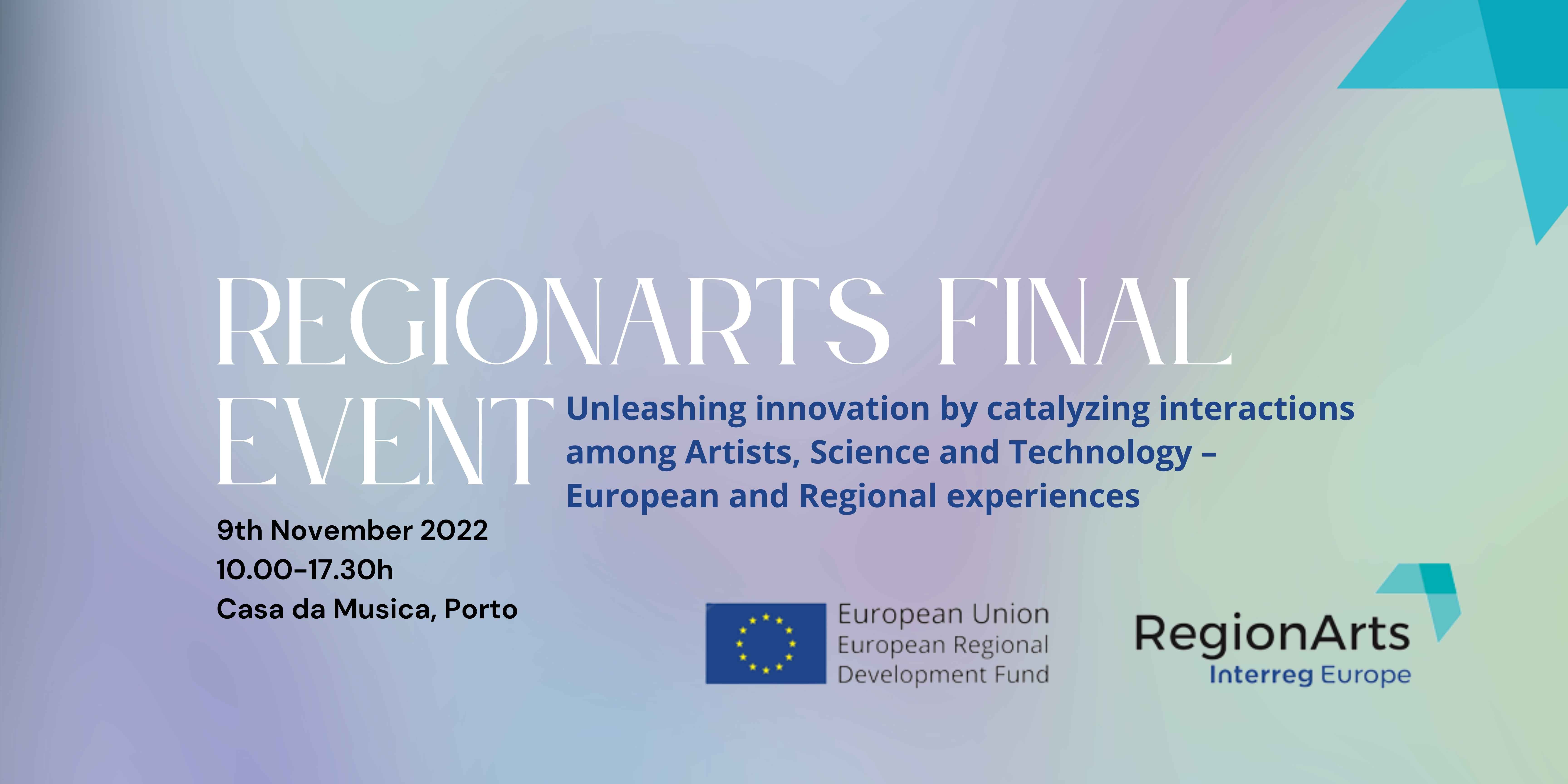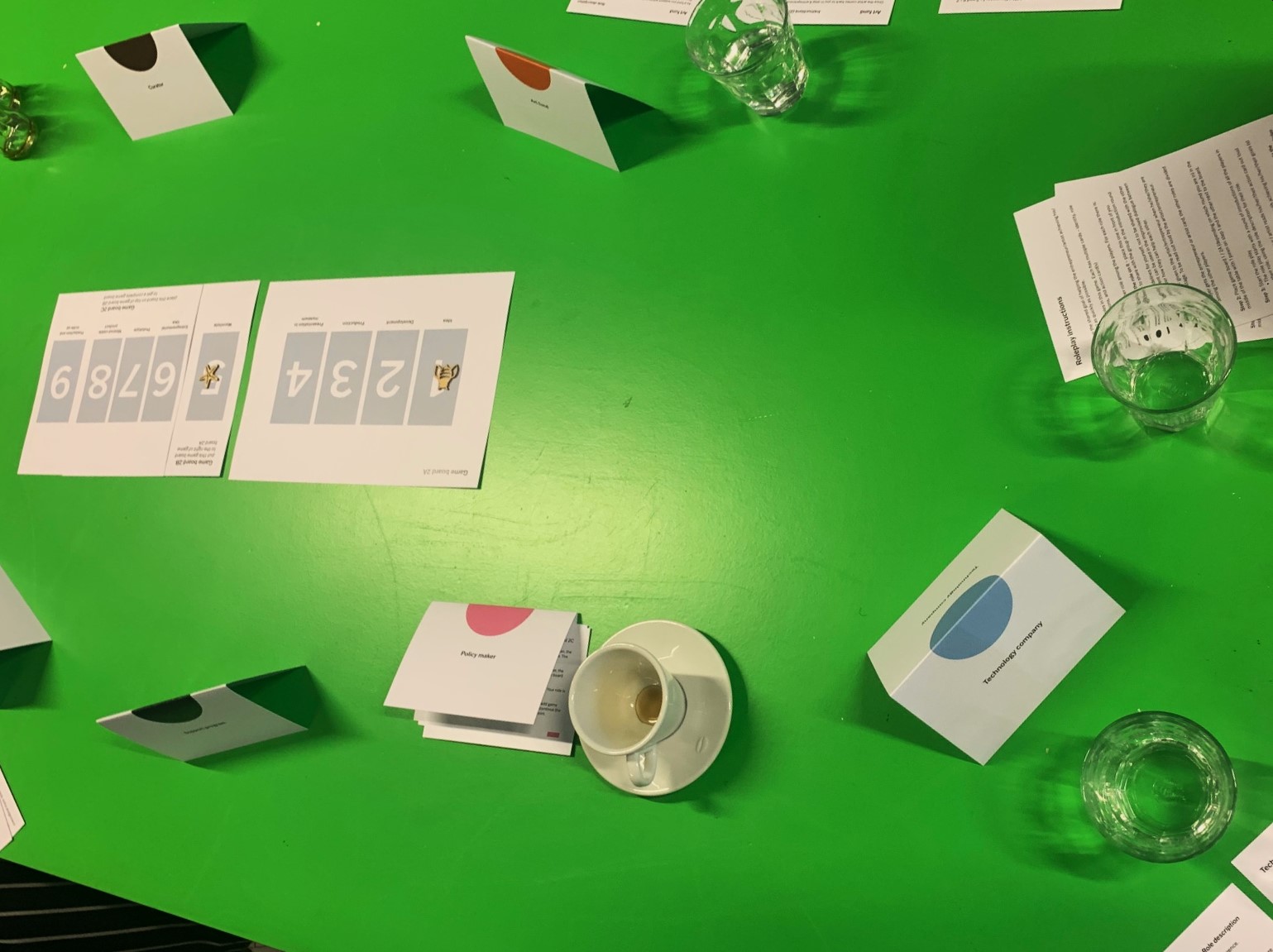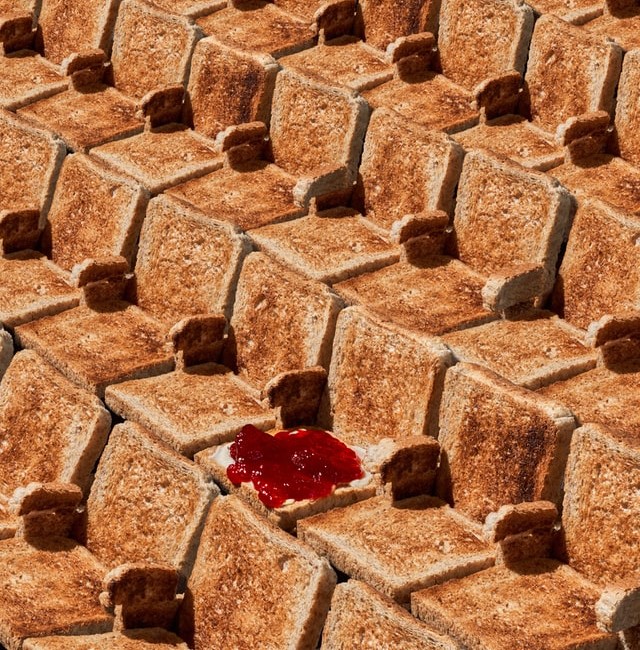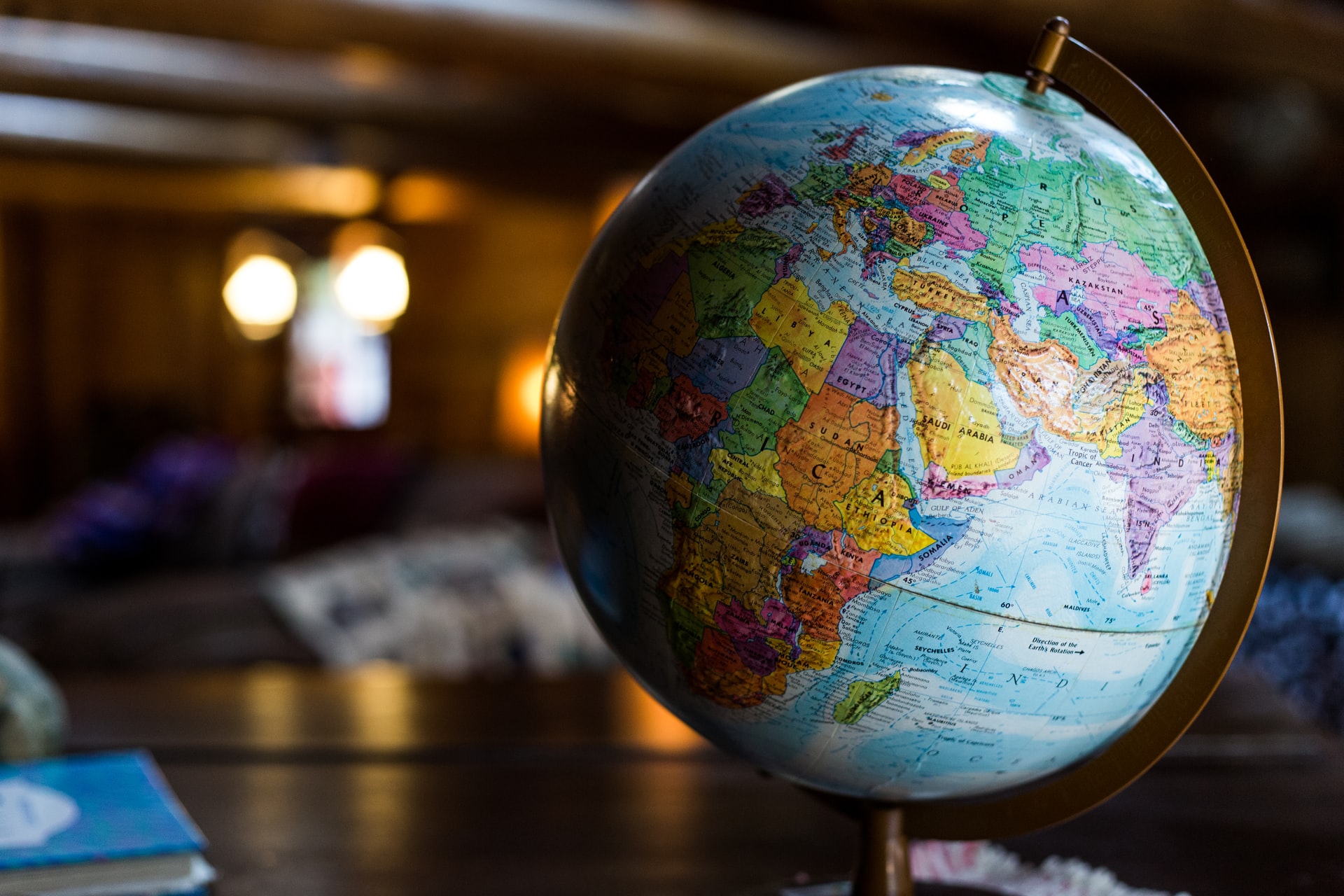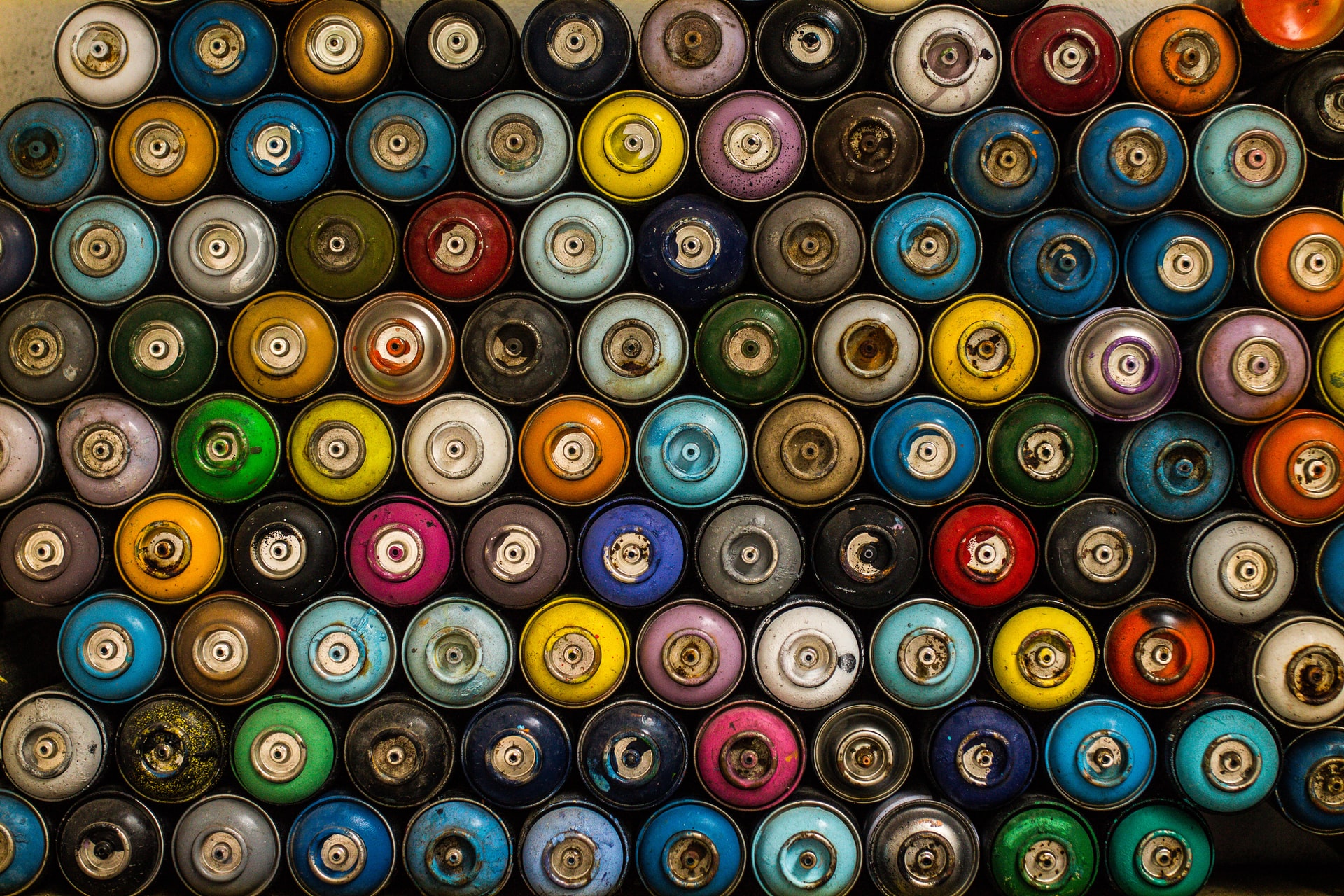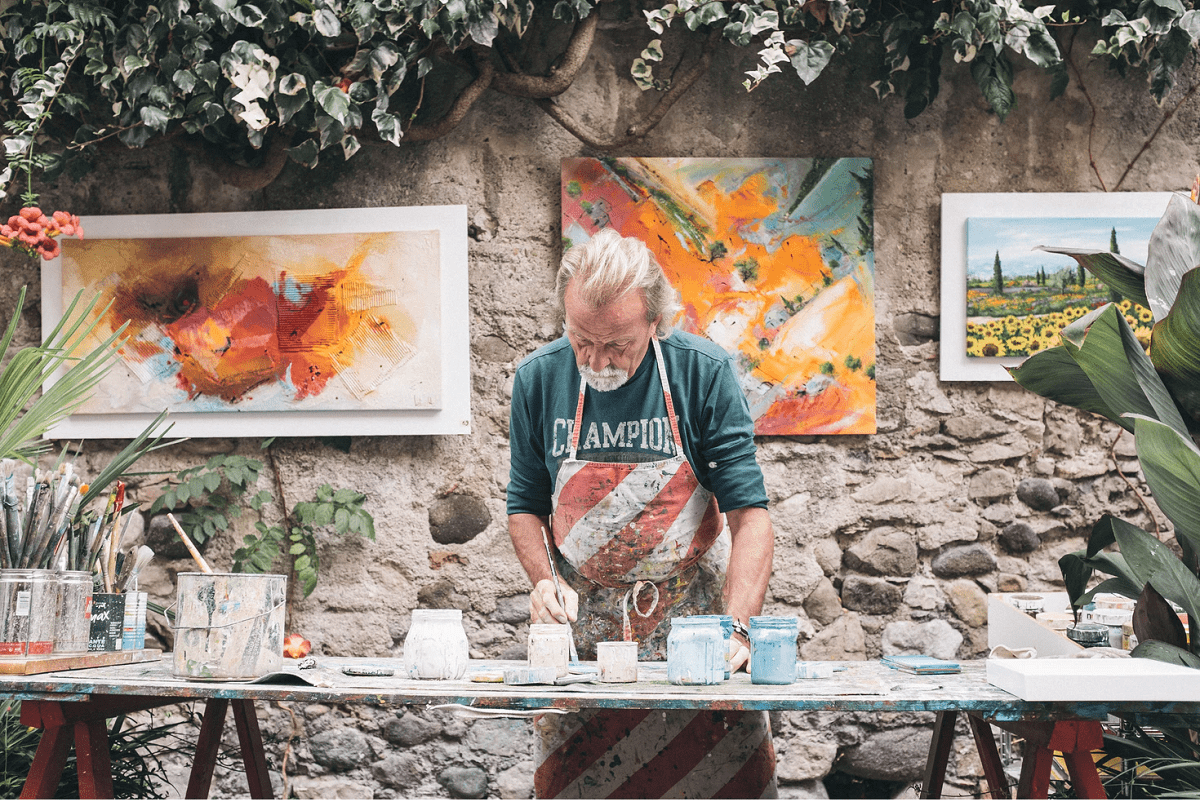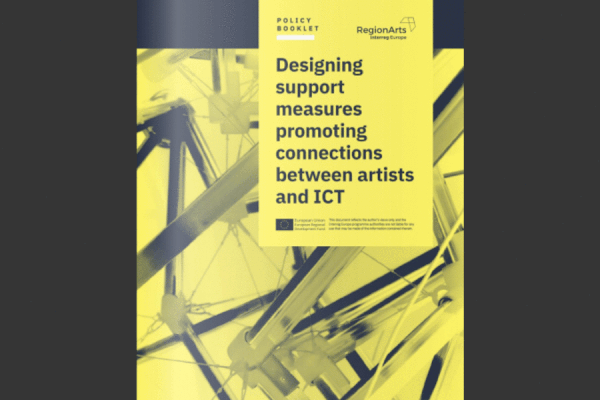As President of BEDA on 2019 – 2021, Päivi is leading the creation of next-generation design policy for Europe with climate change, digitalisation and values as the key themes. The current pandemic is a timely reminder of the need for agility, and this is what design can bring.
Q: Do you think that public policies and instruments from a regional, national and European government promote the integration of Arts & ICT? Are they aware of the benefits and profitability that they carry with them? And could you see ways how these would better allow companies to integrate arts and technologies?
A: Well, of course, it's obvious that we could always do better. We could always improve our performance in any field, in any question. But I think that there's quite some variation between the national, European and regional approaches. There are regions and national policies that are very aware of the added value of integration or collaboration between arts and ICT and there are ones that are not so. At the European level, what I would like to think considering what are the core themes of our current commission with the digitalisation and climate change being key issues with other timely topics, that the current actions and the current plans of the commission certainly ease the way for effective collaboration between arts and ICT. The attitude and the approach from the European perspective is collaboration across fields. Interaction with technology and arts, including architecture, design, engineering etc. is a timely topic.
I would like to mention here one special approach and initiative from the commission, the new European Bauhaus initiative that was first mentioned by the commission president, Ursula von der Leyen, in her state of the union address in mid-September and now there are developments following from that. In that, in that initiative, a strong emphasis at the moment is between collaboration, not only on the creative sector but other sectors as well. And in the context of digitalisation under European Union actions, this has a really special opportunity for the arts in general and for the integration of arts and information technology as well in my opinion.
And as I come from Finland, not representing BEDA in this now but having also the Finnish context in mind, what has just been initiated in Finland is a working group of experts to start developing national creative industry. This has been done before but it's now actual again and I would say that there's at least a place for a dialogue of what does the collaboration with ICT and creative industries mean. So what this means from our national point of view, and in my opinion from RegionArts point of view as well, is that there's a bit of pressure but there's also an opportunity to make sure that ICT and arts, integration of those two is taken into account or is at least on the discussion table in this new program development as well.

Q: You have already been present in two Exchange of Experience events of RegionArts. What were the most relevant dimensions of these participations from your perspective?
A: Well I would say I was lucky enough to be able to meet RegionArts participants in person as both of my participation in the events took place before COVID19. And when I look back to that from where we are now, of course, a special dimension was simply the ability to meet that people face to face. And I think we will always find this very valuable. I find it a very, very important dimension meeting people from different organisations, different countries, different cultures and interaction between people in general. And as RegionArts is an interregional project, I find extremely relevant and valuable being able to interact with different regions internationally both for collaboration, allowing, encouraging and ensuring collaboration, but also for the learning experience. You always learn from the different approaches between cultures. And of course, what you could wish is that these dimensions would carry to the digital platforms as well. Once you have met face to face it makes it a lot easier to work on the digital platforms as well.
Q: If you could choose two words/concepts to characterize the RegionArts what would you choose?
A: Well this is challenging because there are so many words or concepts one could use, but maybe the two I would like to choose here are inspiration and interaction.
About the interviewee:
Päivi Tahkokallio is founder of Tahkokallio Design+, a Finnish design thinking practice. Tahkokallio, with her track record on social design, has been called “the mother of arctic design”. Creator of the brand for Arctic Design Week in Finland, she helped the city of Rovaniemi to partner with Helsinki, the World Design Capital in 2012, and was the catalyst in the inclusion of arctic design in the national Arctic Strategy of Finland. Since 2013, she has served as chair of the Design Committee at the Lapland Chamber of Commerce.


